
So you want to get into photography and you're wondering what kind of camera to get..
Firstly, I might be able to save you some time reading this whole article! Do you have a friend or relative that uses a Nikon, Canon or Sony? If so, now you know what brand to get.
Being able to swap lenses with your buddy, as well as using the same menu system, will give you a great head-start. While there are some (mostly unimportant) differences between the various brands, ultimately, they all do the same thing - they have a range of cameras from consumer to professional. Buying one brand over the other won't make you a better photographer. The more important question is what kind of camera to buy.
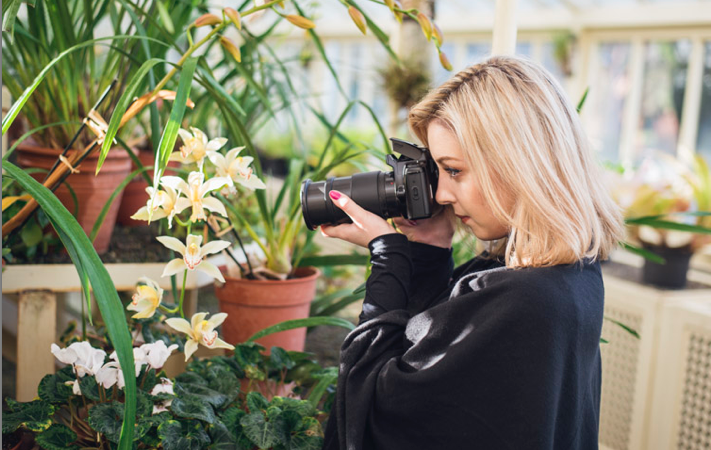
OK.. What KIND of camera do I need?
A digital camera is just a plastic box that lets light onto a sensor when you click a button. These light sensors vary in size and quality, and the features of the camera vary greatly, such as build quality, auto focus capabilities, the ability to change lenses, among others.
When I started out about 6 years ago, I was asking about what camera could give me "professional results" on a budget. This was a funny question to the advanced shooters, and it took me a while to fully appreciate their attitude. So let me get that out of the way first. All modern cameras are capable of "professional results". Nowadays, even modest consumer cameras are capable of better image quality than expensive digital cameras from only ten years ago, so don't obsess over things like megapixels. Calm down, find a camera that suits your budget and your needs, and get out there taking pictures.
What types of cameras are out there for photographers?
I'm going to assume everyone already has a cellphone and is reading this article because they are ready to step up to something that performs better. While iPhone photography is a perfectly valid form of photography, a dedicated camera will help you to capture moments in a more creative way, with more pleasing results. The most important thing is that you have "manual mode" for full control over your cameras settings.
Compact Cameras
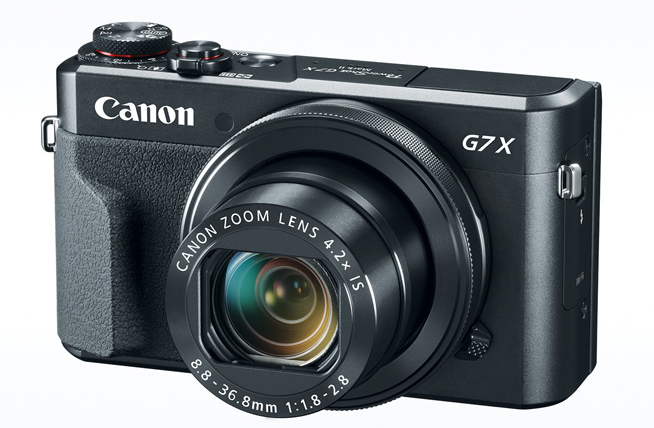
There is a huge range of compact cameras on the market. They range from cheap cameras which won't do much more than your phone, to higher end compacts such as Canons G series and Fujis X series, which give you a lot of control over your settings, paired with exceptional image quality. While not usually the choice of pros because of the fixed lens, a good modern compact will allow you to get high quality pictures straight out of your pocket. With smaller sensors and fixed lenses, compacts can struggle to perform well in low-light situations.
"Bridge" Cameras
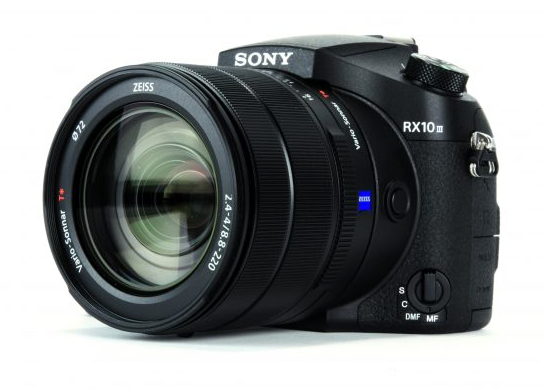
A bridge camera is so called because it "bridges the gap" between a compact camera and a digital SLR. Someone more cynical might suggest they're just compact cameras disguised as DSLRs, and they wouldn't be too wrong. While the chunky ergonomics of a bridge camera will be great compared to a compact, you won't be getting the advantages of a DSLR, such as interchangeable lenses, a large sensor and the ability to see through the lens when you look into the viewfinder. On the plus side, bridge cameras usually have full manual settings, and a hot-shoe, should you want to mount a flash.
Micro Four Thirds Cameras aka M4/3
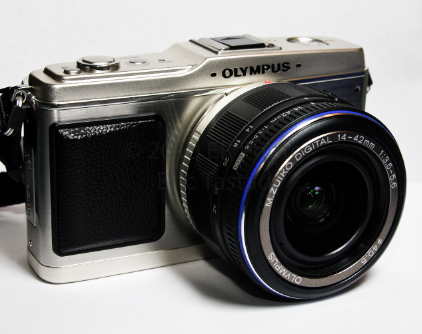
Now we're getting into the serious stuff. The term "Micro Four Thirds" simply describes the sensor size, which is somewhere near the middle of the range of sensor sizes out there. Most M4/3 cameras allow a range of lenses to be used. While larger sensors perform better in low light, smaller sensors allow the cameras to be more compact. This format gives you the best of both worlds. Many M4/3 systems function very similarly to DSLRs, but on a much more compact scale. As sensor technology improves, many professionals are choosing the M4/3 format for sheer compact mobility. Olympus make some very popular M4/3 cameras. If you have any doubt about the capabilities of such a small camera, check out the work of Sean Archer.
DSLRs
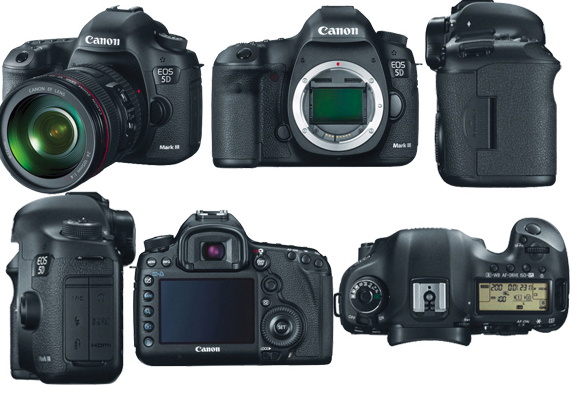
DSLR stands for Digital Single Lens Reflex, which basically means we see through the lens when we look into the viewfinder, via a prism, mirror, and some magic pixies that live in the middle of the camera. These are the most popular types of camera used by professionals. They have large sensors, full manual controls, great auto-focus, and a wide range of interchangeable lenses and accessories. There is a huge range of DSLRs out there and Nikon and Canon are the most popular brands. Typically the more expensive DSLRs will have larger "full frame" sensors, better battery life, and advanced features such as super fast burst shooting. The entry level DSLRs such as the Nikon D3300 and Canon 1200D offer excellent value for money and in the right hands, are more than capable of "professional results."
Canon VS Nikon? That's a whole can of worms, but it is generally agreed that Canon has the edge with auto-focus and ergonomics, while Nikon has the edge with image quality. I can't believe I just wrote that. Somewhere out there some Canon fanboy has a bullet with my name on it. Seriously though, they're both excellent camera brands.
Mirrorless Cameras
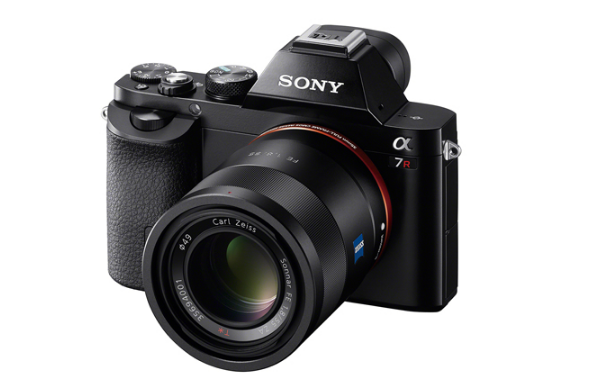
Mirrorless is the word commonly used to describe a professional level camera that doesn't use a (DSLR) mirror internally, instead having an electronic view finder ("EVF") Once derided for slow autofocus and poor handling, brands like SONY have advanced the platform to the point that they are now a viable alternative to DSLRs, offering great performance and image quality, but in a slimmer, lighter package.
Some honorable mentions
Nikon D3300 - Budget DSLR with incredible image quality and professional features
Canon 760D - A brilliant all-rounder with a very handy LCD top display
Nikon d810 - Uncompromising performance and image quality
Fujifilm X series - Stunning image quality in a tiny package
Finally, a quick note about "diminishing returns".
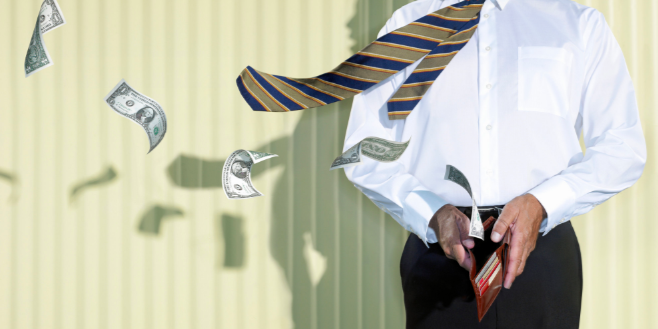
The law of diminishing returns applies to photography more than anything else I know. Professionals will pay a lot of money for very slight performance improvements. The difference, for example, between a camera that shoots 5 frames per second, and one that shoots 7 frames per second, could be hundreds of dollars. This also goes for nominal improvements in build quality, image quality, etc. Entry level DSLRs are superb value. Every step up after that, will hit you right between the wallet, and should be carefully considered.
See you soon for part 3. We will be talking about lenses!
Diving Into Photography
Part 1
